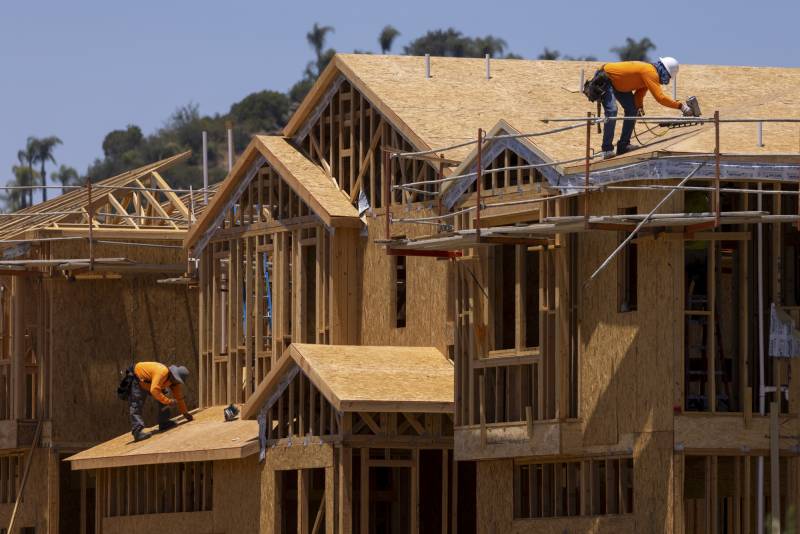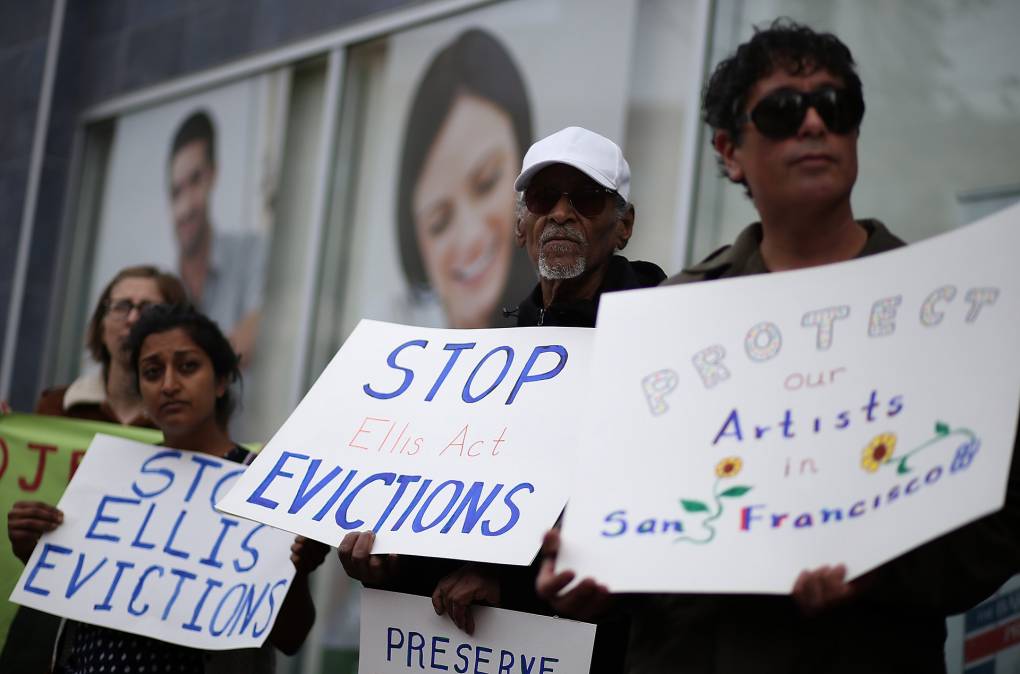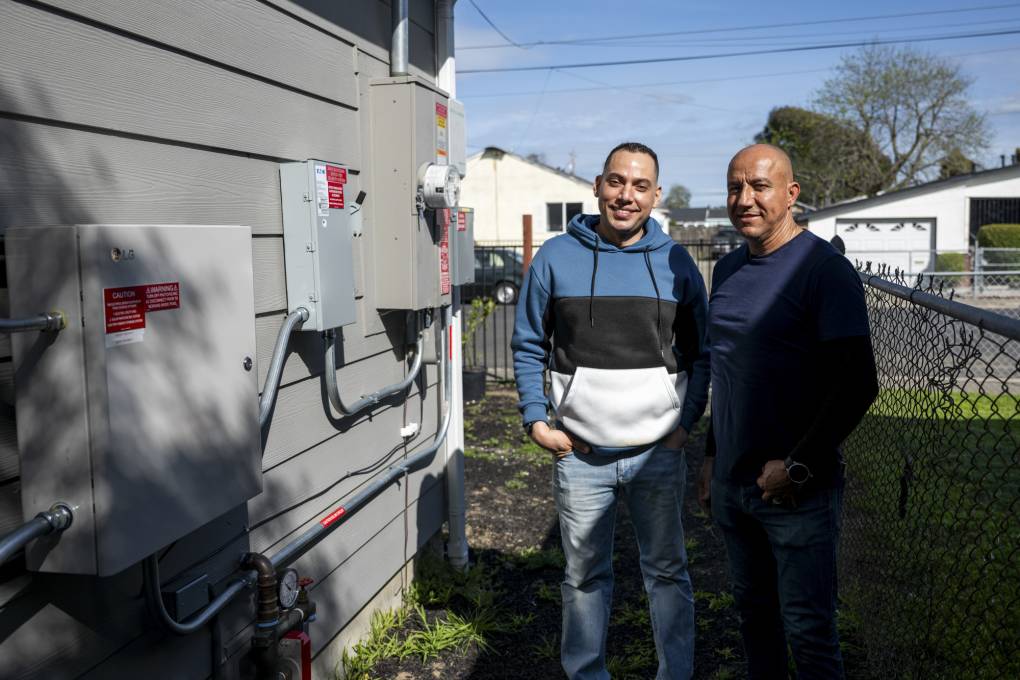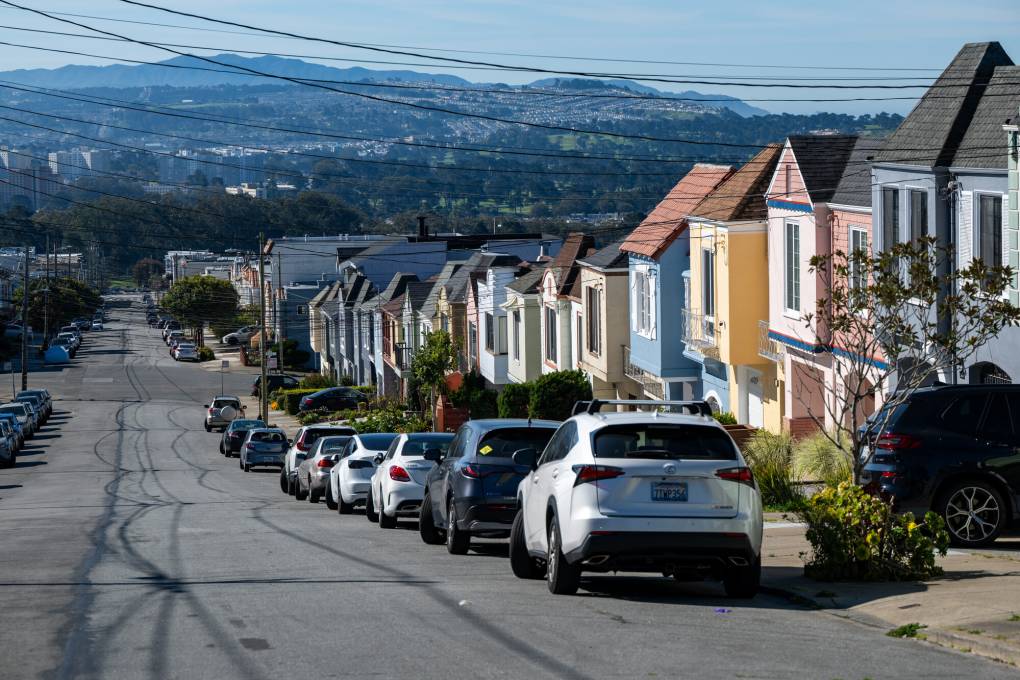Running for governor in 2017, then-Lt. Gov. Newsom pledged to spur a never-before-seen tsunami of homebuilding in California to bridge the gap between the growing population and shrinking stock of housing driving the affordability crisis.
“As Governor, I will lead the effort to develop the 3.5 million new housing units we need by 2025 because our solutions must be as bold as the problem is big,” Newsom wrote on Medium.
The goal was true to character: big, hairy and audacious. It would have required building an average of 500,000 homes a year in a state that has only surpassed the 300,000 mark twice in more than 50 years.
Newsom didn’t get even close.
In the nearly four years since he took office, California cities are projected to have permitted a total of about 452,000 homes — fewer than Newsom pledged he’d build in one year alone, according to local data collected by the Construction Industry Research Board.
When asked about his shortcomings at a recent press conference, Newsom wrote off his original goal as he has many times before, by paraphrasing Michelangelo.
“The biggest risk in life, however one defines risk, is not that we aim too high and miss it. It’s that we aim too low and reach it,” Newsom said. “It was always a stretch goal.”
Housing advocates acknowledge that policy change is by nature slow and incremental, and like many other proposals, long-term housing goals took a back seat to the COVID-19 pandemic.
But the reality on the ground — that there aren’t enough houses for everyone and the ones that exist are hideously expensive — continues to exasperate Californians who repeatedly rank housing and homelessness among their top concerns.
State Sen. Brian Dahle, the Republican candidate for governor, and other state Republicans have routinely attacked Newsom’s record on housing, including calling for a special session on homelessness.
“We need government to treat this the way we treat a natural disaster, because that’s how it’s impacting people’s lives,” said Chione Lucina Muñoz Flegal, executive director of Housing California, a housing advocacy organization. “And that’s not what we see happening.”
A Marshall Plan for housing?
Housing policy advocates described Newsom’s stated goal of 3.5 million new homes in four years the same way he has: aspirational. They say that’s because the state doesn’t build housing in California — private developers do, with the approval of local governments. So what really grabbed advocates’ attention was the “Marshall Plan for affordable housing” Newsom pledged to launch during his inaugural speech, recalling the multibillion-dollar program to rebuild Western Europe following World War II.
“As much as the number was important, the idea of building a streamlined process of building, that was amazing, because that’s really the challenge of California,” said Dan Dunmoyer, president of the California Building Industry Association. He said that dream remains elusive.
California has some of the highest housing costs in the nation because of how little “marshaling” there is, Dunmoyer said. Land costs are prohibitive, and zoning rules limit much of what can be built. Housing must get approved at the local level, which has ample opportunity for community input. Those communities can then block unpopular projects, such as multifamily or affordable housing. Another culprit: impact fees cities charge to fund infrastructure that can exceed $150,000 a home, some of the highest in the nation.



